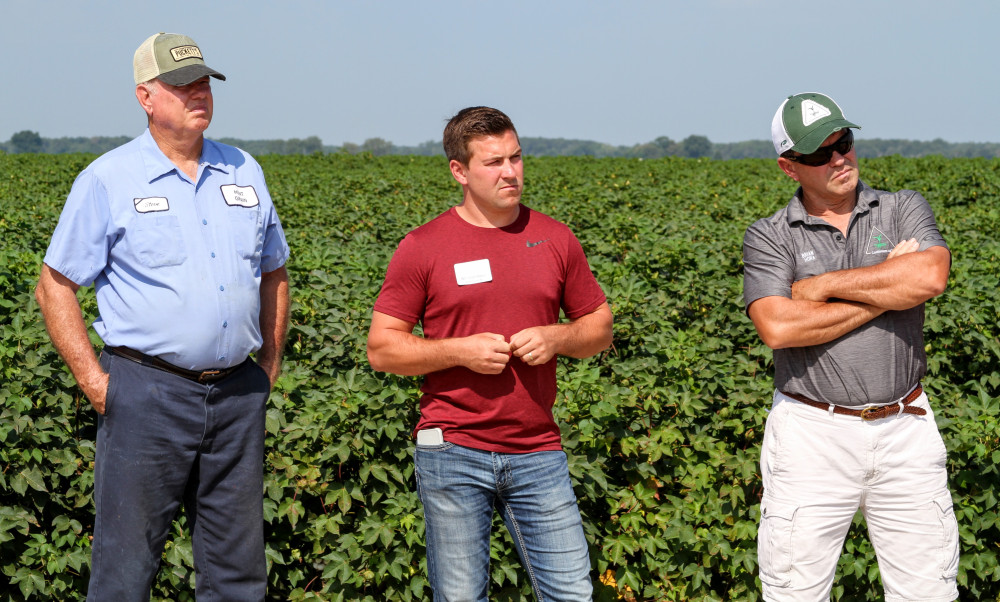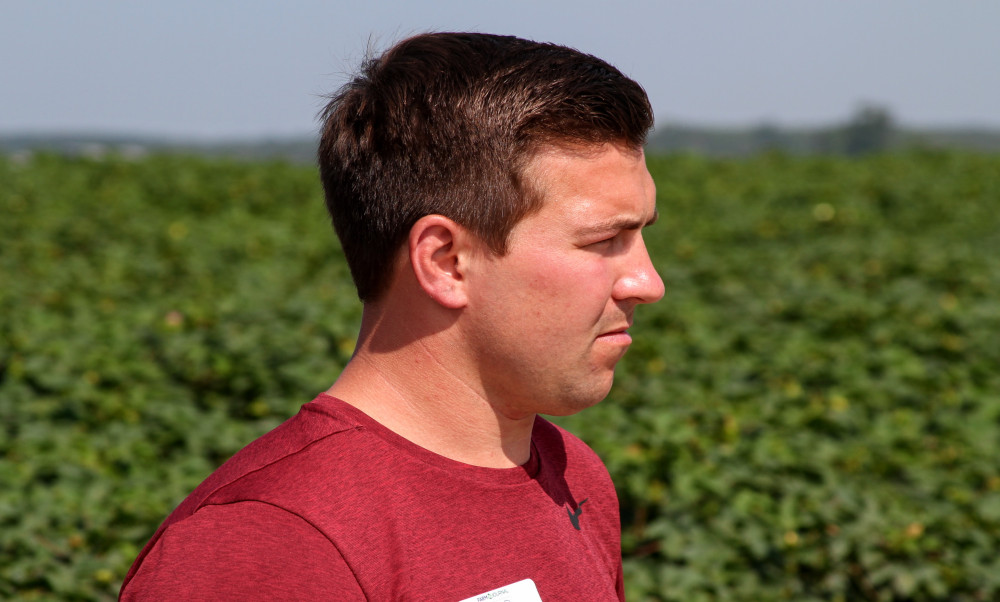Profiting from Carbon and Soil Health

The path to soil health profit has opened wider than ever before, expanded by the carrot of carbon, and aggressive growers may have means to benefit from multiple markets.
If a given farming operation can accurately measure its carbon footprint out of the gate, and then seek improvement, the opportunity for greater payments expands in tandem. “No flat amounts,” says Mitchell Hora, CEO and president of Continuum Ag, speaking at Farm Journal Field Days on Aug. 25, during a tour of Silent Shade Planting Co. in Belzoni, Miss. “You want to get paid on your real impact.”
Aggression Pays
A seventh-generation producer in southeast Iowa, Hora is a proponent of measurable soil health profit—and his consulting and data management company, Continuum Ag, assists farmers in quantifying soil health and using it as a proactive management tool.

“We now have opportunity as farmers to implement soil health principles and get paid,” says Hora, who also cohosts an agriculture podcast, Field Work. “Not just because it will help profitability or cut down on inputs, but because we are bringing something to the table beyond food, fuel, and fiber.”
The total market for soil carbon alone is $200 billion per year, Hora explained, as companies want to utilize farmland to offset carbon footprints.
Real-time technology to provide a carbon assessment is available, and Hora cites Yard Stick as an example. On Hora’s operation, he uses the Haney Test to monitor soil health improvements, and his ground has seen a decrease of synthetic nitrogen use by 45% and reduction in phosphorus of roughly 100 lb. per acre. “The key is to maintain yields, pull back on synthetics, and do this in a sustainable manner. We don’t need so much of those things when the natural system is functioning and cycling and building microbial communities. On our farm we can now infiltrate a 4” rain in five minutes and that means water into the soil instead of taking away nutrients, fertilizer, and soil.”
As the carbon markets and initiatives move forward, the value of data steadily will increase, he notes, gathered through programs such as TopSoil, Continuum Ag’s soil health data platform that quantifies soil health and offers a variable rate fertilizer recommendation based on the data.
With the development of carbon markets, Hora emphasizes the value of measurable, precise data on a given farm. “If you want to pay me to offset your footprint, then pay me based on my real impact. As I get better, pay me for what I’m really doing. Not just a flat amount. If I’m sequestering half a ton of carbon, great, but if I’m able to be aggressive and sequester a ton and a half, or more, then I can get paid more.”

“Part of the issue with carbon markets is they’re telling farmers to check certain boxes, then check some other boxes, and get paid the difference. No, that’s not a carbon market, that’s cost-sharing,” Hora added.
Hora is keyed in on bottom-line, genuine carbon numbers. “What we’re focused on at Continuum Ag is looking at how much carbon you actually have in your soil, and how much carbon you actually have in your system, and your farm’s actual carbon footprint which is based on the emissions that you deploy when you drive your tractor across a field and emissions from fertilizer.”
“We need to take your actual carbon footprint today, and use soil health to improve it, and then as you actually sequester carbon and offset someone else’s carbon footprint, that’s what you get paid on,” Hora concluded. “The more aggressive you can be out there, the more opportunities you’ll have to get paid.”







